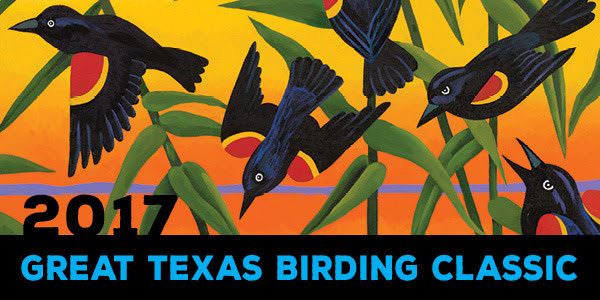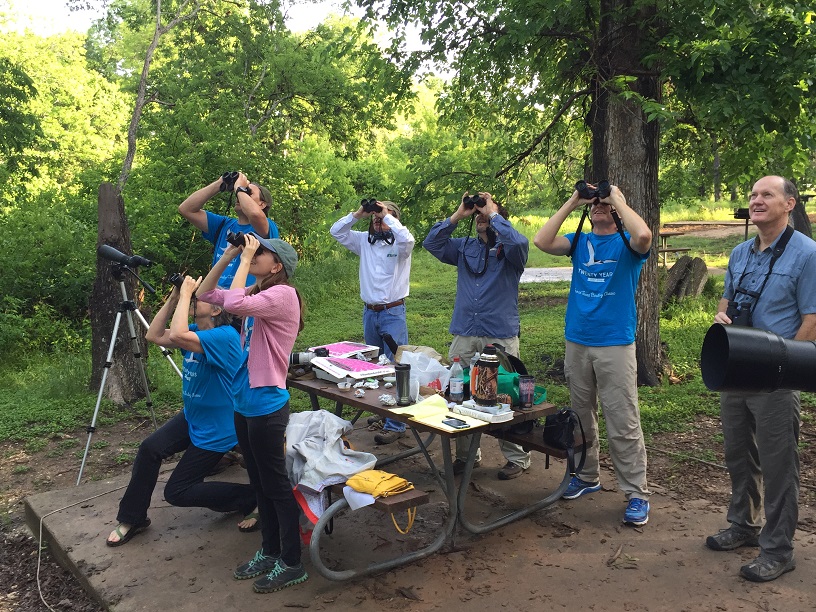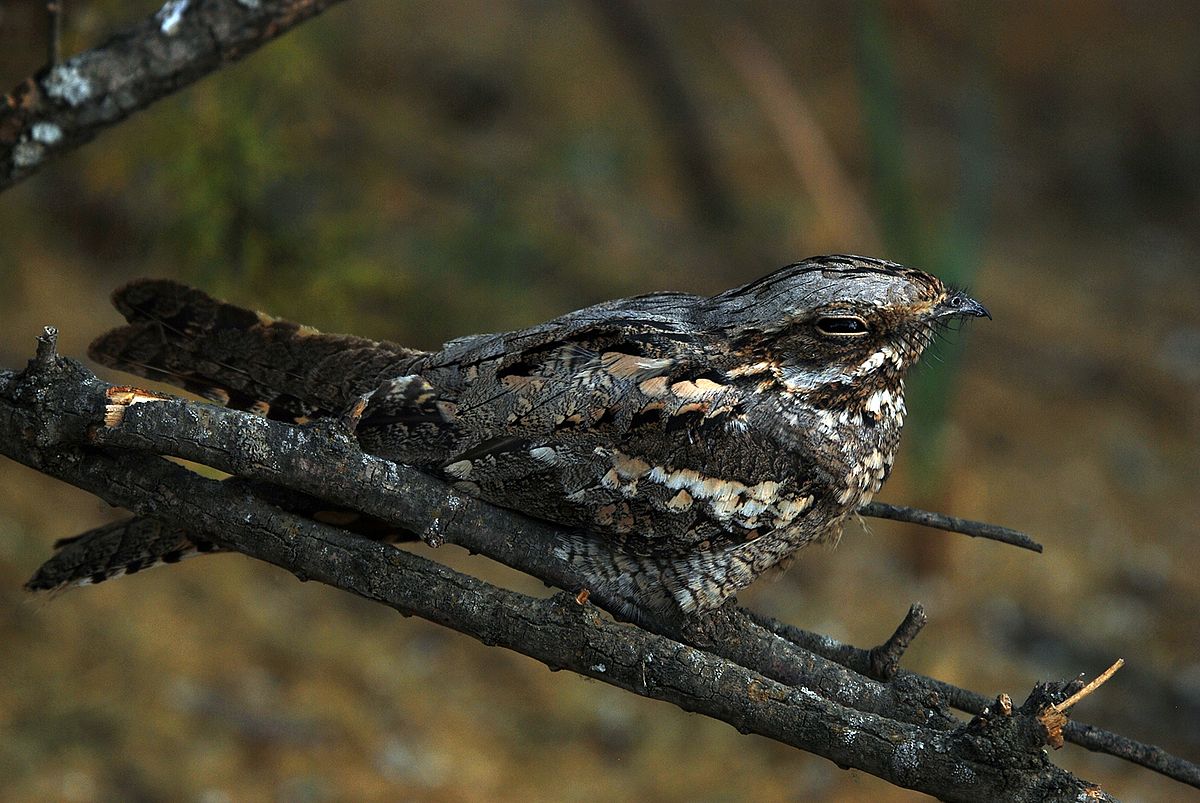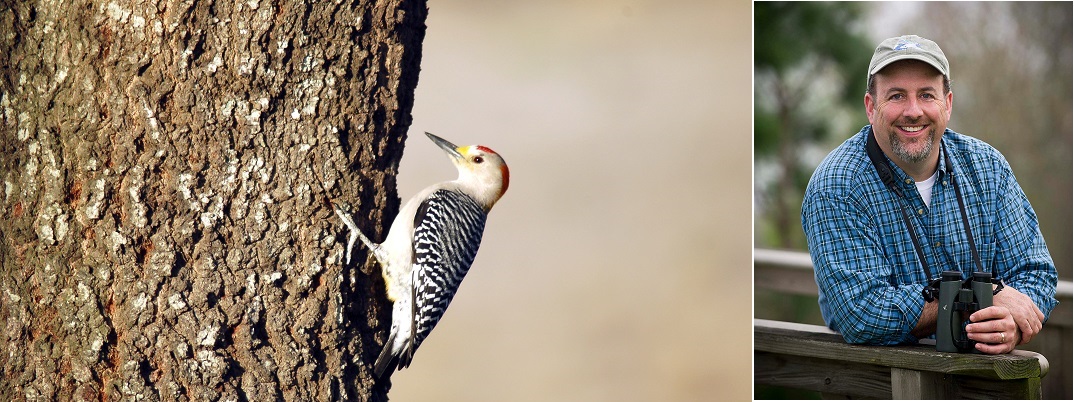No Bird Shaming, Just Bird Watching
Wednesday, March 8th, 2017This is Passport to Texas
During The Great Texas Birding Classic, birding teams raise money for conservation while they compete for bragging rights against other teams…if there are other teams.
If you wanted to know where I really feel like people need a challenge, I think the Panhandle. They want some competition up there.
Shelly Plante is Nature Tourism Manager for Texas Parks and Wildlife. While the coast hosts a multitude of birding teams during the classic, regions like the Panhandle barely have any, and they aren’t alone.
Far west Texas—they want some competition. The DFW area only has a couple of teams participating. They could use some great competition. It would be wonderful to see those areas grow by leaps and bounds this year, and to see a real shift in people seeing birdwatching as an activity that they can do with their friends and family in spring as the Birding Classic.
There are tournaments suitable for nearly every experience level. So, c’mon Panhandle, Far West Texas and DFW Metroplex, step up to the challenge and put together a team. You other regions, too. I’m not trying to bird-shame anyone, but you can all do so much better.
When you register, the fee you pay supports conservation, and you’ll have fun outdoors with friends and family. Doesn’t that sound better than watching The Real Housewives of wherever?
The Birding Classic is April 15 through May 15, and the registration deadline is April 1. Do it for the birds.
That’s our show for today…For Texas Parks and Wildlife, I’m Cecilia Nasti.






 Passport to Texas is a
Passport to Texas is a  Passport to Texas is made available by:
Passport to Texas is made available by: